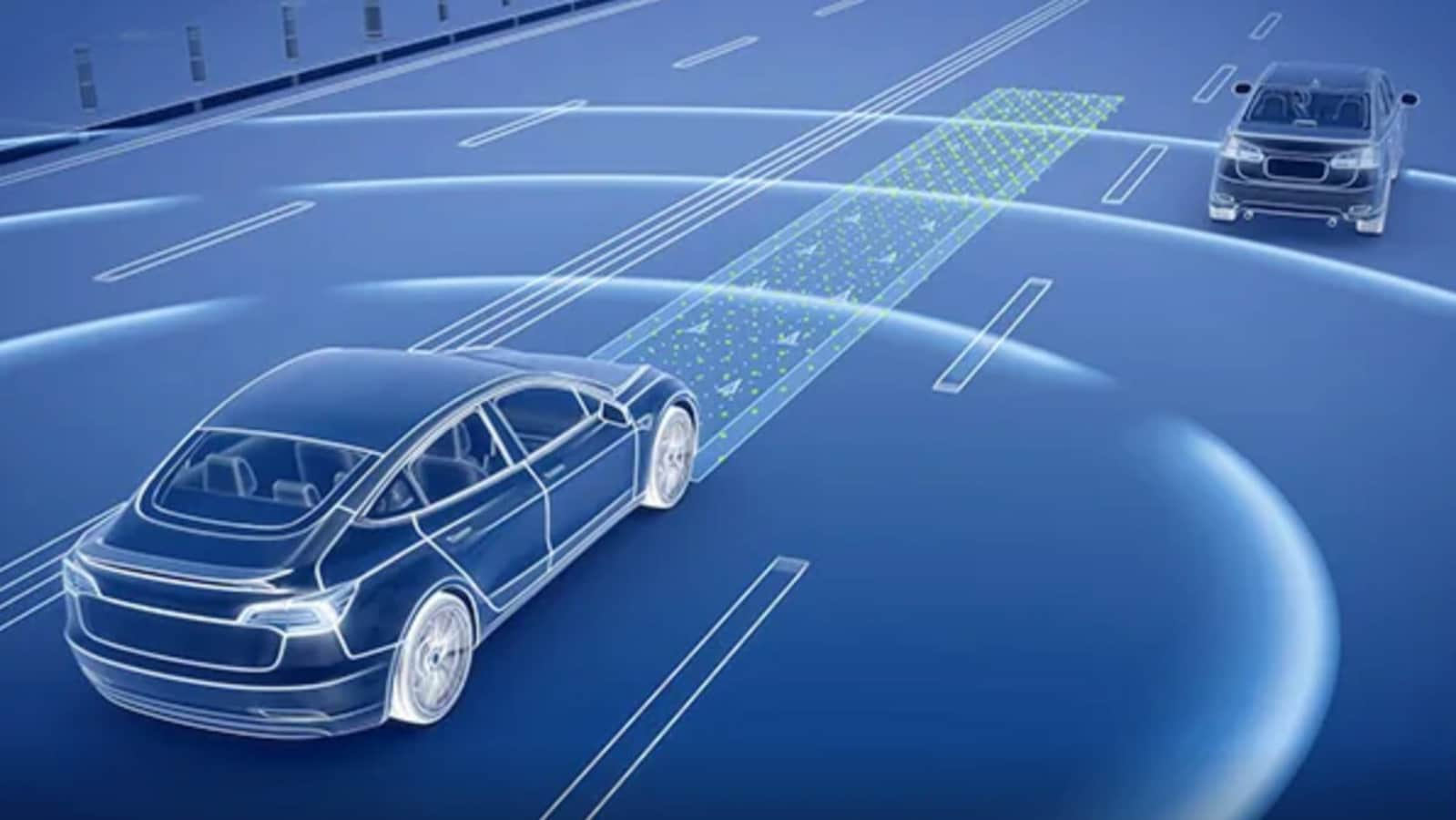Study Reveals Insufficient Attention Monitoring in ADAS Systems

An insurance industry study by the IIHS reveals concerning findings about the effectiveness of electronic systems designed to assist drivers with certain tasks. Automated driving assistance systems (ADAS) have long been hailed as the ultimate road safety solution, focusing on collision avoidance technology and driver aids. However, an in-depth study by the IIHS found significant shortcomings in the attention-monitoring capabilities of most partially automated driving systems.
The study assessed 14 systems and found that only one received an overall “acceptable” rating, while two were rated “marginal,” and the remaining 11 were rated “poor,” with none achieving a “good” rating. IIHS President David Harkey expressed concern over the lack of measures in these systems to prevent misuse and ensure that drivers remain focused on the road. The study highlights a regulatory gap, with the NHTSA yet to set standards for these systems, pushing automakers to enhance driver safety.
Among the systems tested, only Teammate in the Lexus LS received an “adequate” rating. General Motors’ Super Cruise in the GMC Sierra and Nissan’s Pro-Pilot Assist with Navi-Link in the Ariya electric vehicle were rated “marginal,” while systems from Nissan, Tesla, BMW, Ford, Genesis, Mercedes-Benz, and Volvo were rated “poor.” Harkey stressed the importance of ensuring that drivers understand the limitations of these systems and remain focused on driving.
The IIHS recommends these systems should be able to detect if a driver’s attention is diverted and issue alerts promptly. While none of the systems met all the monitoring requirements, automakers are preparing software updates to improve their systems’ monitoring capabilities. Automakers like Toyota, GM, Nissan, and Mercedes have expressed their commitment to enhancing their systems and working with the IIHS to improve driver safety.
The study underscores the need for more stringent attention-monitoring standards in automated driving systems to ensure that drivers remain focused and engaged while using these technologies. The IIHS hopes that its ratings will push automakers to improve their systems and enhance overall driver safety, emphasizing the importance of adherence to standards for driver monitoring in such systems.









